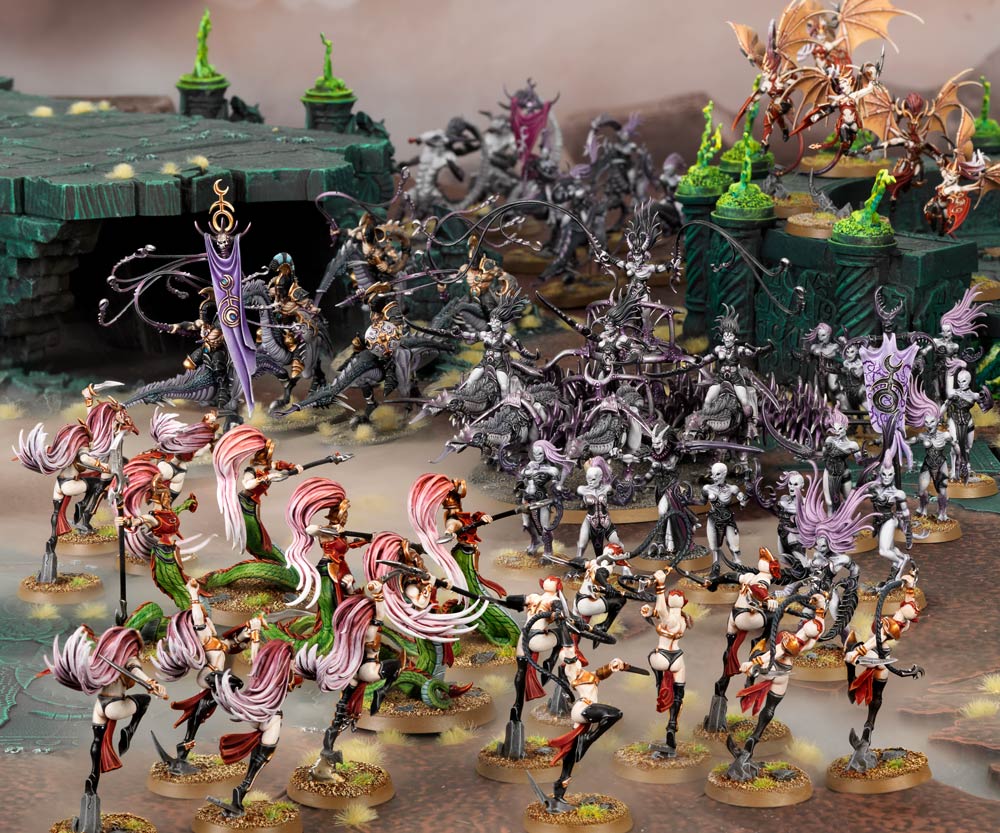This week we take a break from our army analysis series to discuss something that matters to all players, movement, and how to make the most of model placement.
I thought it would be a good idea to take a step back from the focus on individual armies and instead speak to some subtle, but important ways to elevate one’s performance at the table. While at a glance Age of Sigmar barely resembles its *ahem* “Old World” ancestor, I would suggest a key piece of its DNA lives on. In both games, talented players would eventually discover that behind the curtain of mechanics, it is the Movement Phase in which players actually win or lose.
What do I mean by that? Well, here is a hard reality of our hobby. If you REALLY want to absolutely strip things to the bone, then nearly all of these games are just math-homework with a fancy, literal, coat of paint. Concepts like local meta give a poker-esque secondary level of figuring out how to optimize your rock against all of the local scissors, but there often ARE right answers, and across enough games knowing the math of certain match-ups could theoretically become predictable… but…
…But the difference maker becomes the less-science-more-art of movement, positioning, and the battlefield. Where our games often shine is when we start measuring and placing units, because it is there that finesse, trickery, and the winning of games actually occurs.
I am using this article and the next to look more deeply at the Movement Phase of Age of Sigmar, particularly with an eye towards raising your competitive game.
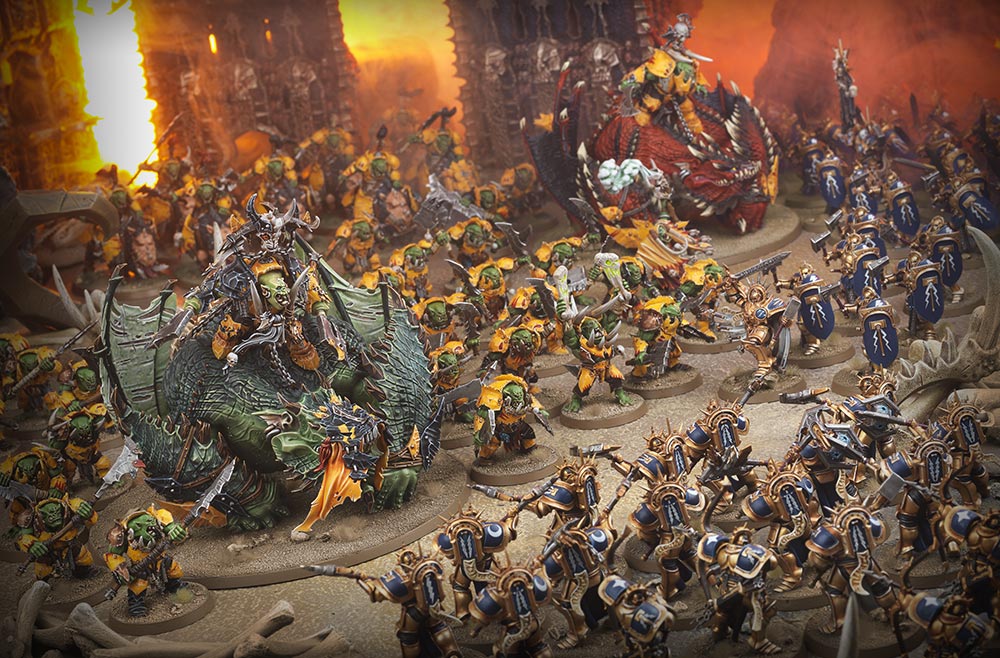
Let’s start by talking about the place where movement and the rest of the game intersect. Pro-Players of nearly any game that involves both elements of luck (randomness) and skill will tell you that at the highest levels of play you start by mitigating the influence of luck whenever possible. The more predictable you can make the game, the more you let skill and experience become the decision maker. In games like AoS the most rudimentary ways of doing this might represent stacking buffs, or adding re-rolls to anything from saves to attacks.
This is however where awareness of movement and positioning come into the equation. Once you know the rough “math” of your units and those of your opponents, the skill becomes forcing bad match-ups on that opponent, and minimizing your own.
This begins at deployment. I see tons of players at events whose consideration of their deployment never reaches a level beyond making sure their key combos/synergies are positioned correctly. This means many players lack a contingency plan if even one element of their lines are disrupted.
Instead, I want to encourage you all to deploy by also taking and inventory of the game you are about to play…
Facing off against an ultra-low model count Ossiarch Bonereaper list clumped around the middle of their deployment edge? Consider historical warfare’s “soft center” where your own center line is surprisingly absent, and your army is instead deployed exclusively on the two far flanks. Your opponent is forced to commit, and is likely far less able to split up and still succeed.
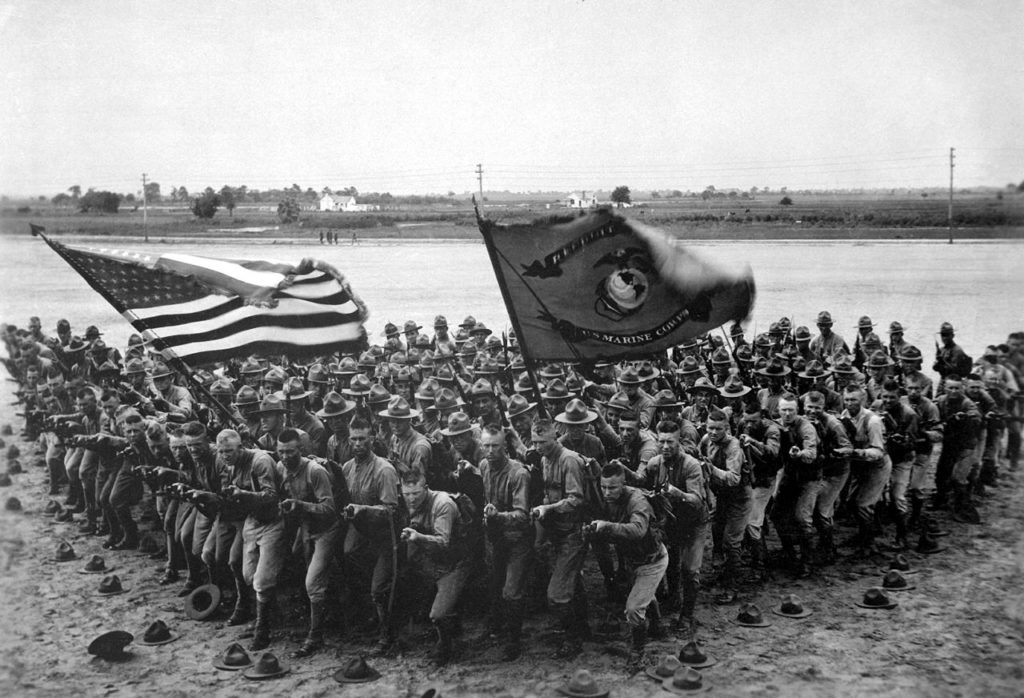
On the flipside, a couple big blobs of durable infantry (Fyreslayers), or replaceable wounds (“summonable” units of Nagash), can potentially make the center of the table a tarpit, and wedge the opponent into uncomfortably avoiding it, or committing to it fully.
Needless to say, this is part of the art of play which I discussed. It will not only vary greatly with the army you have chosen, but with every opposing army, AND the tendencies of the player behind its wheel. This skill will come in time, but definitely begins by thinking about how you hope to exert control and actually win the game.
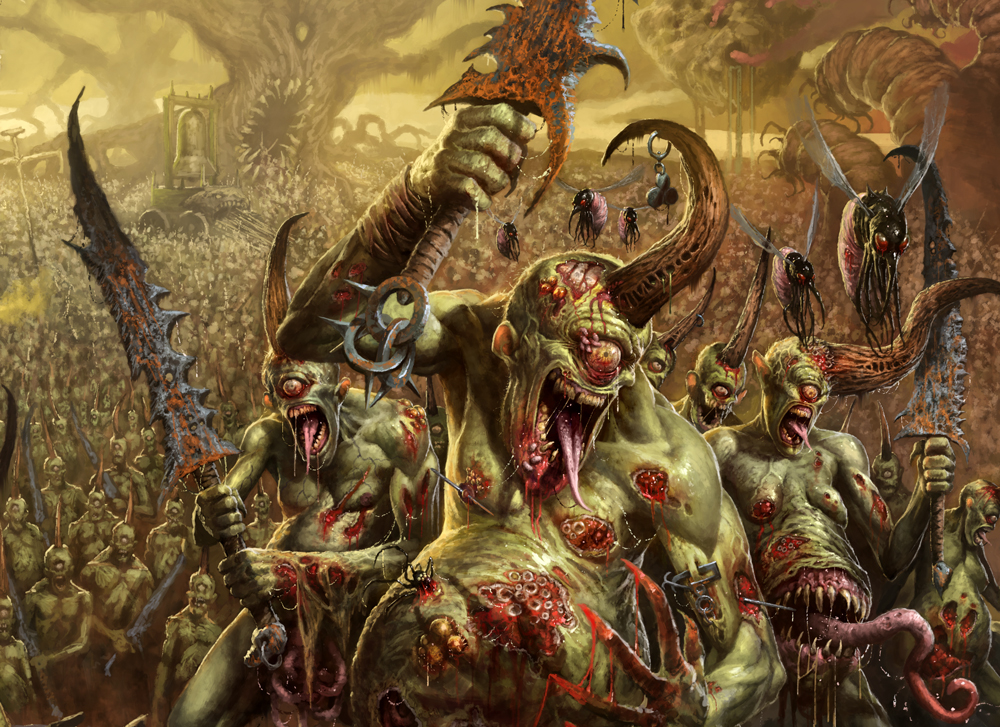
Next up, is how we move from deployment to those early movement phases themselves. This is another area which separates good from great players. A common mistake I see is players being over-committal, or simply feeling like if they aren’t moving forward with every unit to some degree, then they are giving up control. Far from. Moving ever forward with most armies (exceptions apply) is the movement phase equivalent of seeing the red-fog, where you get more consumed with removing enemy models, than actually scoring points.
Knowing your, and your opponent’s threat ranges (for ease of use, let’s say move-stat + 7” which can be an average charge roll) comes with time, but in a perfect world you want your opponent moving toward your chosen, ideal match-ups whether they realize it or not. Backing units up, for instance, may make your opponent feel implied weakness, and as such see them drive forward into a disadvantaeous position for the next turn. Seeming to “give up” one objective, in order to actually dismantle a whole other part of the opponent’s army, might score them a point, but utterly break their game plan beyond that turn.
Another aspect of this, and the beautiful mind-game that proper tactics can become is simple baiting. Many players, and I am often guilty of this too, are afraid to lose models. Some units, however, exist to die. A small unit of Dire Wolves (for just one example) earn their presence in a list, by dying for a good cause. “Taking” an objective with a clearly underpowered unit will often draw away a far stronger unit from poor players who see an easy pick-up. If done with purpose though, the meaningless unit may have exposed a far more valuable one, leaving it positioned for the aforementioned “ideal match-up” on your next turn.
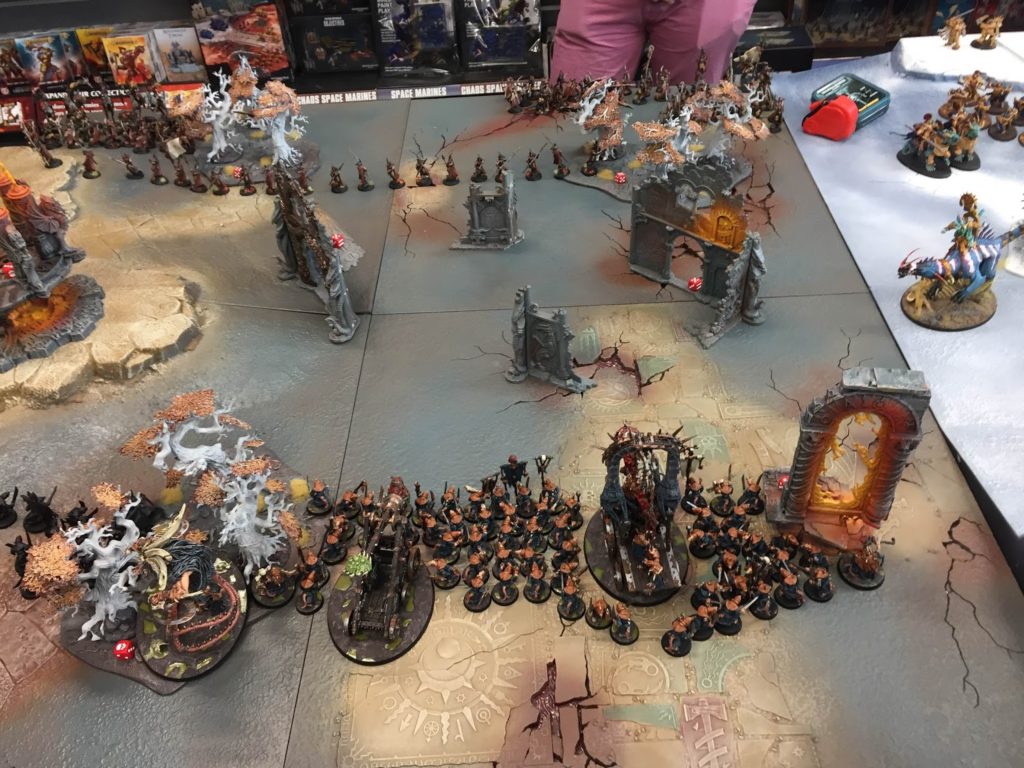
Every tabletop game is some version of a puzzle played out over several turns. Knowing where you want to end up by the end, and what pieces need to be gone, or out of position by the time you get there, are where you begin the journey to being an excellent player. You can’t control the dice… not fully… but having a movement plan helps make this beloved hobby more than just smashing two spread-sheets together.
Next time: Taking advantage of AoS’ coherency rules, owning objectives, and table control continued…
And remember, Frontline Gaming sells gaming products at a discount, every day in their webcart!



